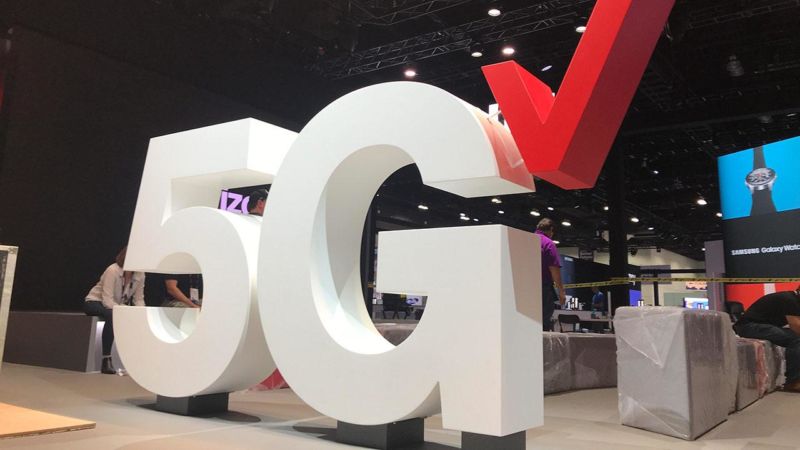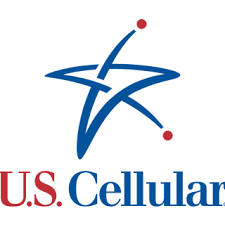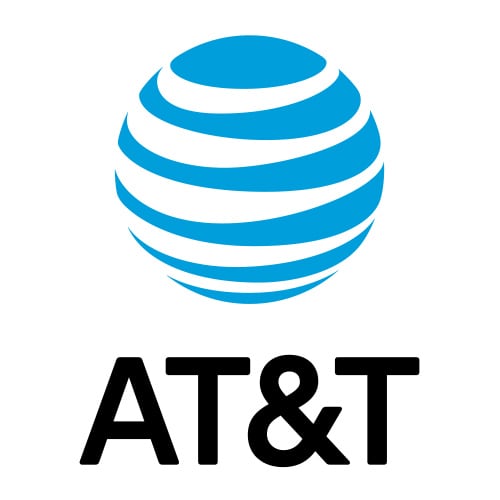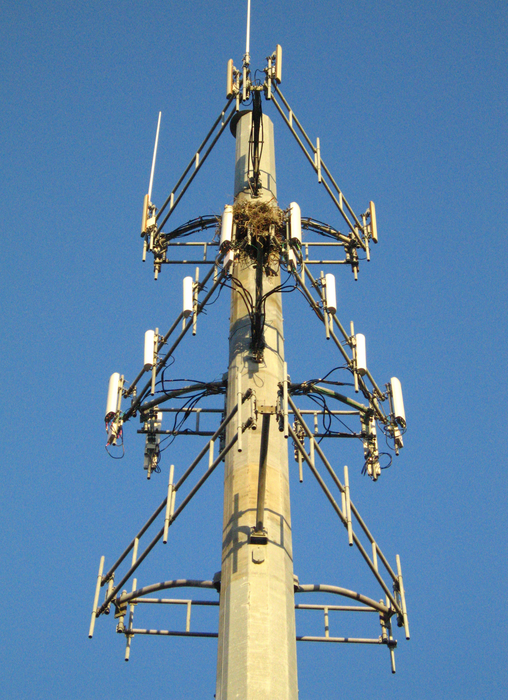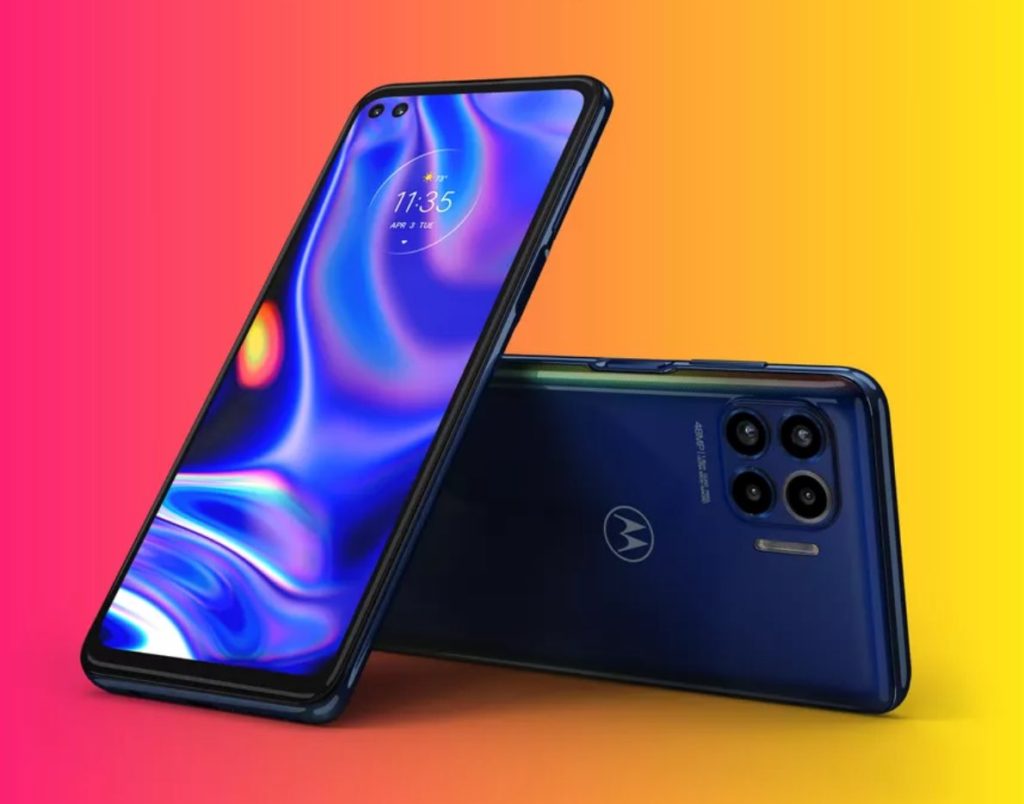
Motorola has announced that the 5G-capable Motorola One, which will be available “soon” for both AT&T and Verizon, will sell for just $500. This puts it in direct competition with the iPhone SE, which is expected to go for $399.
The Verizon Motorola One 5G will work on the carrier’s mmWave 5G, and the AT&T version will have sub-6 5G connectivity. The One has a 6.7-inch full HD display and is powered by a Snapdragon 765 processor, which is the same one found in the Motorola Edge, LG Velvet and Galaxy A71. It also features a 5,000-mAh battery with support for TurboPower charging, a headphone jack, a 90Hz refresh rate display and six cameras. Unlike Motorola’s higher-end phones, though, the screen is LCD instead of OLED, and it has only 4GB of RAM.





